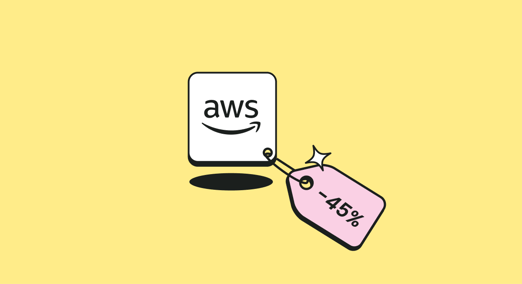
When organizations begin their journey into AI, the first costs they typically recognize are straightforward—GPU hours, cloud infrastructure, or API token fees. But experienced practitioners quickly realize that the true cost of running AI workloads extends far beyond these initial line items.
The Hidden Layers of AI Costs
Generative AI and machine learning projects introduce complexity across multiple cost dimensions. While cloud provider bills clearly itemize GPU usage or model API calls, numerous indirect expenses often fly under the radar, leading to budget overruns and unexpected financial strain. Gartner recently highlighted that companies frequently underestimate the total cost of ownership (TCO) for AI by overlooking significant hidden expenses such as:
- Data Preparation and Integration: Cleansing, labeling, and managing datasets can become resource-intensive processes that quickly inflate budgets.
- Storage and Data Infrastructure: Storing and managing embeddings, intermediate datasets, vector databases, and backups adds substantial costs—often fragmented across multiple cloud services.
- Specialized Labor Costs: AI initiatives require not just developers, but specialized roles in governance, compliance, and monitoring. Often, these staffing costs are underestimated or inaccurately attributed.
- Compliance and Regulatory Costs: Navigating data privacy regulations and intellectual property requirements can significantly impact budgets.
- Model Evaluation and Maintenance: Continuously evaluating, fine-tuning, and retraining models to maintain accuracy over time introduces ongoing, sometimes unpredictable, costs.
Why a Modern Cost Allocation Layer is Critical
Traditional cloud cost management tools fall short in accurately representing these hidden dimensions because they focus narrowly on infrastructure or direct usage fees. This limitation obscures the comprehensive financial picture and undermines strategic decision-making.
A modern cost allocation platform, such as Finout, bridges this gap by providing granular visibility into all elements of AI spend. With Finout's robust tagging and allocation capabilities, costs from various sources—GPU infrastructure, API calls, storage, databases, data processing, and even indirect staffing—can be mapped precisely to specific AI initiatives or products.
By aggregating these diverse cost streams into a single, coherent financial narrative, Finout empowers organizations to:
- Achieve Holistic Visibility: Get a comprehensive understanding of true AI TCO, eliminating blind spots.
- Optimize Spending: Identify inefficiencies or duplication across various services contributing to AI initiatives.
- Demonstrate Value Clearly: Accurately attribute costs to specific outcomes or business objectives, facilitating clearer ROI and performance measurement.
Making the Complex Simple
At Finout, our goal is to simplify this complexity. We aim to ensure that every dollar spent on AI initiatives is transparent, accountable, and aligned with strategic business goals. This holistic approach is essential not just for effective budgeting and forecasting, but for creating AI initiatives that deliver real, measurable value to your organization.
As AI matures from pilot experiments to central business functions, the importance of comprehensive cost allocation grows exponentially. Companies that master this complexity with tools designed for modern FinOps will outpace competitors who remain stuck managing fragmented and incomplete views of their AI spend.
In the end, true AI cost attribution isn't just about controlling costs—it's about enabling smarter strategic decisions and ensuring sustainable innovation. At Finout, we help you uncover and manage these hidden dimensions, so you can focus on achieving meaningful outcomes through AI.







